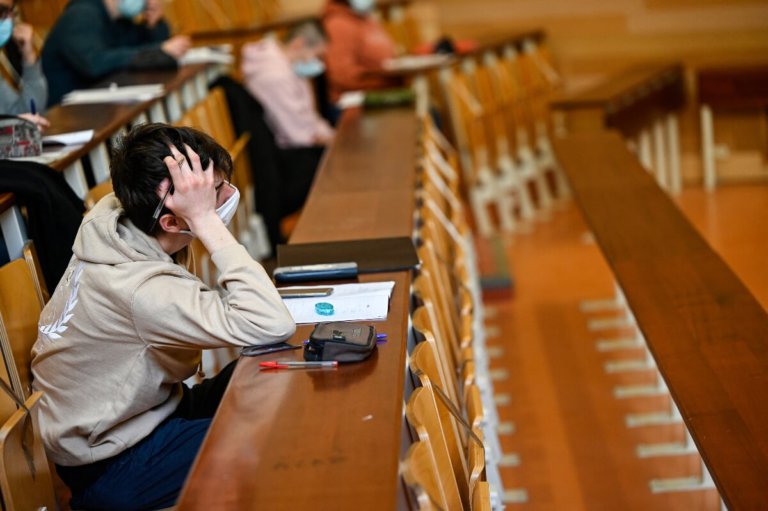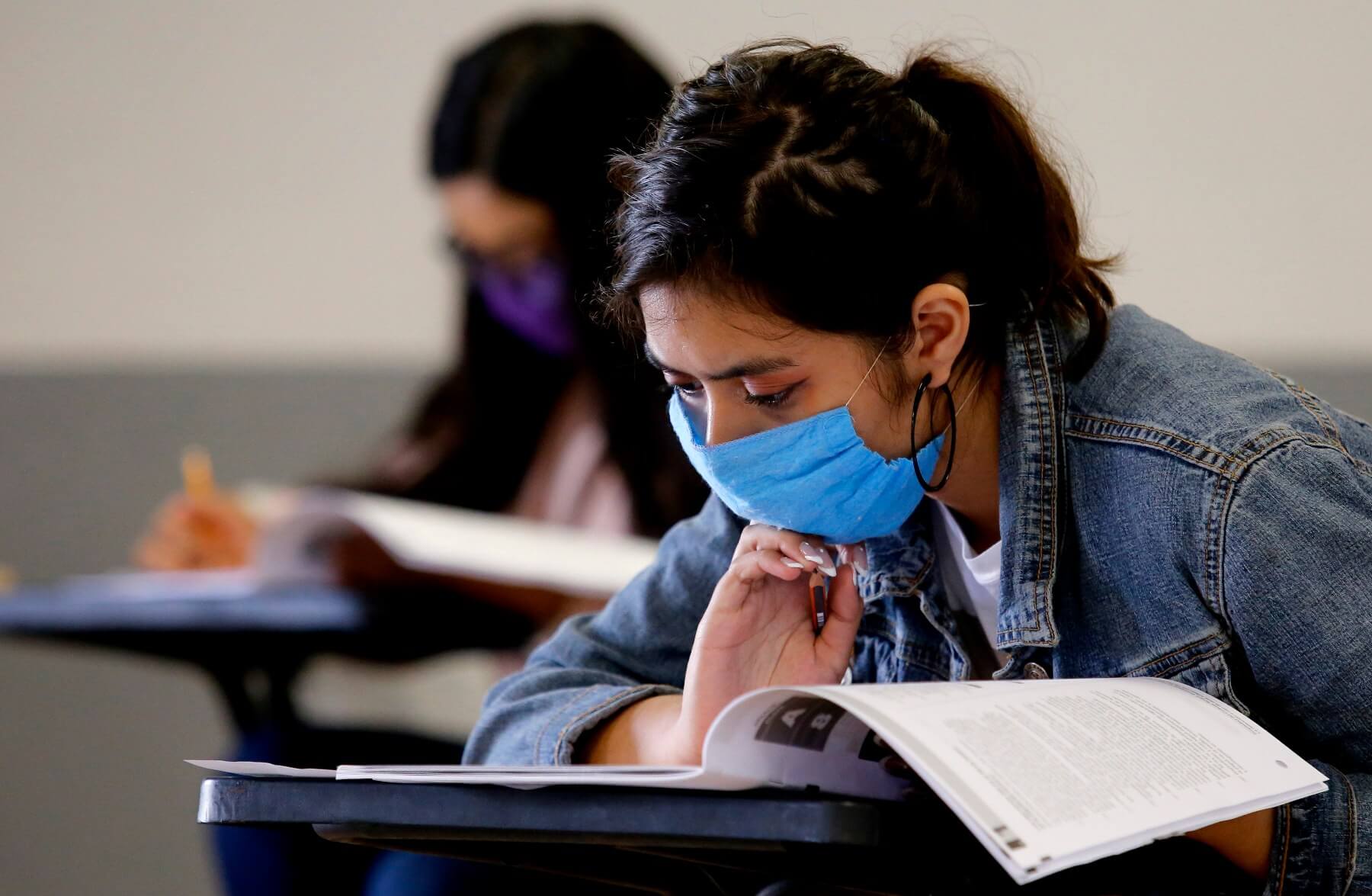
Overall student applications to US universities are down in the 2020-21 admission cycle, but selective universities are seeing an uptick in international student application in the same period, according to a report. More international students are submitting their applications to QS Top 50 universities, with applications to these more highly ranked institutions increasing by 4% year-on-year, said findings by BridgeU. “While overall applications to the US decreased, we saw a rise in the number of US applications per student,” it said.
The New World of International Applications to the USA report examines how BridgeU international students’ US application preferences changed across the 2020 and 2021 application cycles. The year-on-year change was measured by calculating the percentage change between the number of students who applied to US institutions in 2020 and the number of students who applied to US institutions in 2021. A total of 114,597 applications were submitted to US higher education institutions by BridgeU students across the two application cycles.
Data from the Common App showed that applications to selective private US universities rose by 17%. Harvard University, for instance, experienced a 42% increase in application in the 2020-21 application cycle. Large public universities meanwhile saw an overall increase of 11%, while the University of Virginia saw a 15% increase.
“This trend has coincided with a record-breaking year for Early Decision applications to hypercompetitive US institutions,” it said. “Two notable examples were Brown University, which saw a 22% increase in applications through ED, and Duke University, which saw a 16% increase in ED applications.”
Things are less rosy for less selective universities across the US, with universities across the Northeast, Midwest and Mid-Atlantic particularly hit hard. “A continuing overall decline in domestic high school students means that, for US universities, successful international student enrolment is arguably more vital than ever. International higher admissions has ground to make up in the aftermath of a year where international student enrolment to US institutions fell by 43%,” according to the report.
Overall applications to US universities are down

Are US universities losing its lustre? Source: Ulises Ruiz/AFP
While overall applications to the US have decreased, the average application per student has increased. Schools in Asia reported the highest number of applications per student, while the Americas saw the largest overall increase in applications per student, said their analysis.
Despite the drop in applications to the US, there was a small increase of 4.25% in applications from Europe. Asia and the Americas were the two regions that experienced the largest decrease in applications. “We can speculate that the UK’s departure from the EU may partially explain the increase in interest in the US. With Brexit meaning continental European students now face higher tuition fees as international students, more European students may now be looking at the US as a viable option,” said the analysis.
US universities and colleges across the majority of the 50 states experienced a decline in interest between 2020 and 2021. Only five states defied this trend:
- Rhode Island
- Georgia
- North Carolina
- Virginia
- Michigan
Universities in Rhode Island (7%) and Michigan (8%) experienced the highest year-on-year increase while the states that experienced the biggest decreases were Oregon (29%), Florida (27%) and Colorado (21%).
In those states where overall applications increased, University of Michigan Dearborn saw a 100% increase year-on-year. Virginia Tech saw a 51% increase in applications from international students, while Davidson College in North Carolina received 32% more applications year-on-year. Despite applications to the state of Colorado decreasing overall year on year, the University of Colorado Denver experienced the single largest increase year-on-year at 225%.










